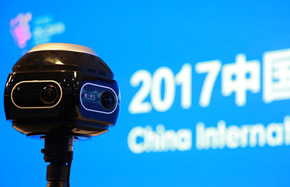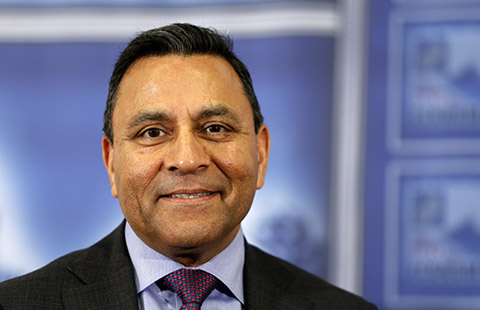Techs and the city: IT firms see challenges in China's urbanization
Schneider Electric is currently working with the Development Research Center of China's State Council to explore how different funding models can be applied to China's smart-city projects.
He says Western examples of funding models that could work in China include public-private partnerships, where private parties invest in public infrastructure projects, and performance-based funding, where funding decisions are based on results from target deadlines.
Yin says matching appropriate solutions across China's diverse range of cities proves a further challenge. Shanghai, for instance, needs to improve the energy efficiency of many old buildings through retrofitting processes, whereas other cities are mostly dealing with new buildings.
Also some areas face having to waste wind and solar energy production because it cannot be used locally or redistributed through power grids.
Schneider Electric is currently working with China Southern Power Grid Company in Guangxi Zhuang autonomous region and Guizhou province on minimizing energy waste.
However, despite China's immense potential for developing smart-city solutions, the country has still to fully grasp the importance of the technology, says Michael Dixon, general manager for IBM's global smarter-cities business.
"There is still a strong sentiment in China that you just have to buy the pieces and fix the problems," he says. "But instead, it is important to focus on the skills overall and the application of technology."
He says this is especially important for areas where the integration of social systems and technology is required, and that the leaders of the organizations involved understand the technology and order it, rather than leaving it to IT staff.
"For example, heads of hospitals may want to change the way hospital beds are allocated over time, or change it so the length of patient stay is reduced. For these solutions, you need serious skills and integrated capability and not just the products," Dixon says.
"We think China is just getting to the stage where some cities are beginning to understand why this is important."
Susanna Ma contributed to this story.

























